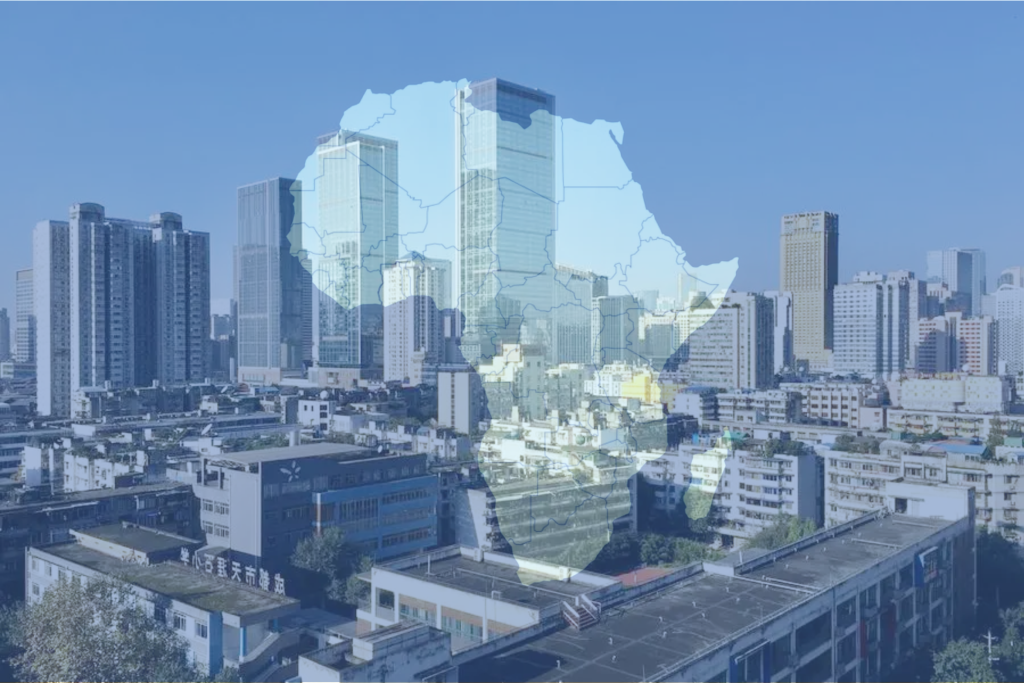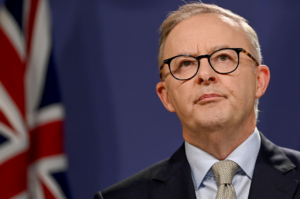Africa’s Top 100 Banks 2025: Holding Steady in a Changing World

Africa’s financial giants are holding their ground. In a year marked by global uncertainty and domestic challenges, the continent’s banking sector has shown elasticity, if not dazzling growth. Our annual survey of Africa’s Top 100 Banks paints a picture of steady hands steering through turbulent waters, balancing family-owned legacies, regional ambitions, and the pressures of politics and reform.
The upper ranks of Africa’s banking elite remain remarkably stable. South Africa’s Standard Bank continues its unbroken reign as the continent’s largest financial institution, boasting $13.2 billion in Tier 1 capital, up from $12.5 billion in 2024. It is a comfortable lead over its nearest rival, National Bank of Egypt, which reported a slight dip to $7.3 billion from $7.5 billion the previous year.
![]()
Morocco’s Attijariwafa Bank holds on to third place, edging closer to its North African peer with a Tier 1 capital of $6.2 billion, up from $6 billion in 2024. That upward momentum mirrors a strong operational year: Attijariwafa’s net profit surged 26.6% to $950 million in 2024, powered by growth across its 14 African markets. The bank increased domestic lending by 8%, capturing 28.1% of Morocco’s market share, and strengthened its footprint across the continent, from Côte d’Ivoire to Senegal and beyond.
In a nod to Africa’s growing digital and diaspora-driven economy, the bank also deepened its collaboration with global payments company Thunes, allowing Moroccans abroad to send money home in seconds.
A Continental Snapshot: This year’s list of the Top 100 African Banks offers a reflection of both continuity and quiet evolution. Algeria’s two largest banks swapped places at #10 and #11, while several mid-tier institutions in Nigeria, Kenya and Egypt posted modest gains. But overall, total capital across the Top 100 remains below 2022 levels. It is an evidence that stability has returned the banks and robust growth is in gradual progress.
Behind the numbers lie human stories of leadership succession, public trust, and the political balancing act inherent in African finance. Many of the continent’s largest banks are not just financial institutions; they are pillars of national identity and engines of state policy. From family-founded enterprises that have become regional conglomerates to publicly listed giants navigating governance reforms, African banks continue to embody the complex relationship between money, power, and social change.
In South Africa, where inequality and economic stagnation remain persistent, banks like Standard Bank face growing scrutiny over their role in supporting small businesses and sustainable investment. In North Africa, Moroccan and Egyptian institutions are expanding their reach into sub-Saharan markets, a strategy that fuses economic ambition with soft diplomacy.
Stability amid slow growth: if 2025’s rankings show anything, it’s that Africa’s banking sector has matured, prioritizing resilience over risk. “Steady, not spectacular,” might be the verdict, but in an era of rising global interest rates, currency volatility, and shifting geopolitical tides, such steadiness is itself a statement of strength.
The continent’s banks are not just weathering the storm but redefining what it means to grow with caution, compete across borders and serve communities that depend on their stability.

Partial Rankings & Highlights from public sources:
- Standard Bank Group (South Africa) continues to lead among African banks by asset size and scale.
- National Bank of Egypt is often cited as Africa’s largest in North Africa and holds a top position in Egyptian banking.
- Attijariwafa Bank (Morocco) ranks among the top African banks, particularly after reporting strong profitability and expanding across Africa and Europe.
- Among the “20 largest banks in Africa” (a subset, based on asset size), names such as FirstRand, Absa, Nedbank, Banque Misr, Banque Populaire (Morocco), Investec, Banque du Caire, Ecobank, Access Bank, United Bank for Africa appear repeatedly.
- In the broader “Top 100” context (2024), North African banks, South African banking groups, and pan-African institutions (e.g. Ecobank) often dominate in both capital and cross-border reach.
- On the “World’s Best Banks in Africa 2025” awards side, Ecobank was named regional winner; many country-level awards went to banks such as BEA (Algeria), Zenith Bank (Nigeria), NMB (Tanzania), Nedbank (South Africa), etc.
- On branding and reputation, Capitec Bank (South Africa), Access Bank (Nigeria), and Equity Group (Kenya / East Africa) are among those with strong brand value growth in 2025.
Top African Banks: based on recent rankings
- South Africa: Absa Group, Nedbank, Standard Bank, and FirstRand.
- Morocco: Attijariwafa Bank and Banque Centrale Populaire (BCP).
- Nigeria: Zenith Bank, Access Bank, United Bank for Africa (UBA), and Guaranty Trust Bank (GTBank).
- Egypt: Commercial International Bank (CIB) and National Bank of Egypt.
- Other notable banks: MCB Group (Mauritius), African Export Import Bank (Afreximbank), and Banque Misr (Egypt).
Analysis & Observations: From the fragments and trends available, several themes emerge:
1. Stability over Volatility
- The top ranks remain dominated by banks from South Africa, Egypt, Morocco, and pan-African groups. Changes are more often incremental (swapping adjacent rankings) rather than dramatic upsets.
- While many banks expanded or improved profitability, aggregate capital across the top banks remains below peak levels seen in earlier years, reflecting headwinds like currency pressures, regulatory tightening, or economic slowdowns.
2. North Africa and South Africa lead, but others punch above weight
- North African banks (especially from Morocco and Egypt) have grown their influence, partly via expansion into Francophone Africa, Europe, and remittance corridors.
- South Africa’s banks still command dominant assets, but face local challenges: economic stagnation, inequality, regulatory expectations for inclusion and sustainability.
3. Cross-border reach matters
- Banks that can operate across multiple African jurisdictions—or maintain diaspora/foreign links—gain a competitive advantage. Examples include:
- Attijariwafa’s partnerships for remittances via Thunes.
- Ecobank’s widespread presence and trade finance positioning.
- This regional footprint opens both opportunity (new markets, scale) and risk (exchange rates, regulatory diversity, political instability).
4. Brand and reputation are rising as differentiators
- Beyond balance sheets, brand strength is increasingly a signal of trust and competitiveness.
- In 2025, Capitec nearly doubled its brand value.
- Access Bank, Equity, and National Bank of Egypt also posted brand gains.
- For customers in fragmented markets, reputation may steer loyalty more than marginal interest or fees.
5. Risks and constraints persist
- Currency volatility remains a recurring drag, especially when reporting in U.S. dollars or in consolidated statements. Many banks see nominal asset declines when local currencies weaken.
- Regulatory pressures, capital adequacy norms, and governance expectations (especially from international partners or rating agencies) are forcing many to maintain more cautious growth.
- Uneven local growth: while top banks grow, many mid-tier banks struggle with limited domestic demand, competition from fintechs/neobanks, and limited capital markets access.
Source: African Business






